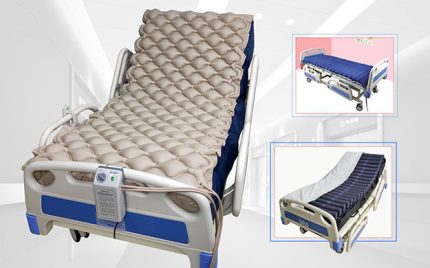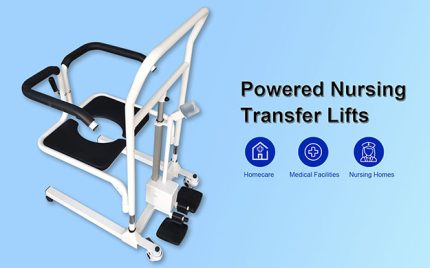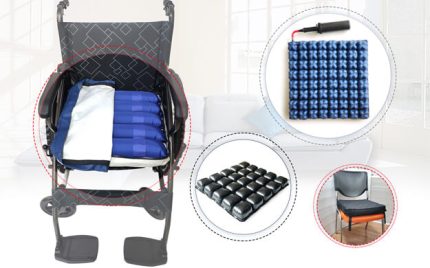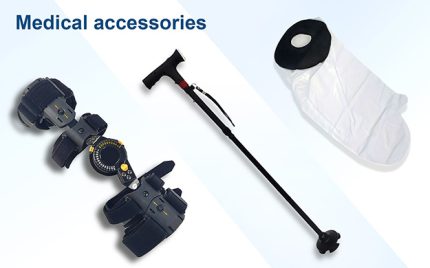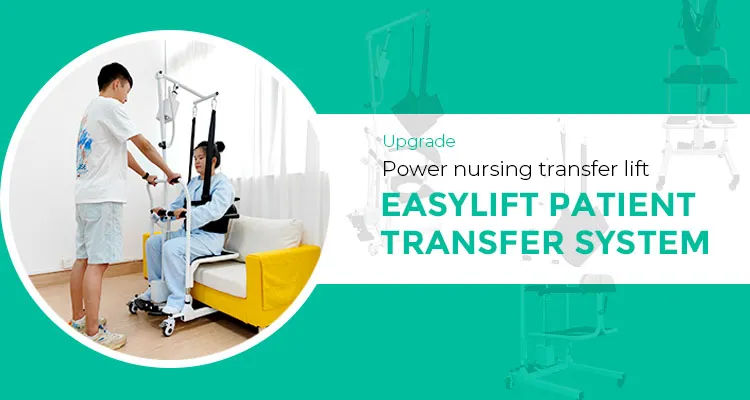Electric transfer chairs play an essential role in helping disabled or elderly individuals move between locations safely, comfortably and efficiently – such as moving from bed to chair. In this comprehensive guide we’ll show how an electric transfer chair can assist seniors by offering instructions for using one while emphasizing safety, comfort and efficiency during this process.
Prep For Transfer:
- Clean Pathways: It is important that the path from bed to chair remains clear of obstructions to avoid accidents during transfer.
- Stabilize the Chair: When positioning an electric transfer chair next to a bed, fixed universal wheel, ensure it remains steady in order to prevent any mishaps from happening.
- Adjust Chair Height: Utilize the one-touch height adjustment feature of your chair to bring it down to its lowest setting for easier transfer process.
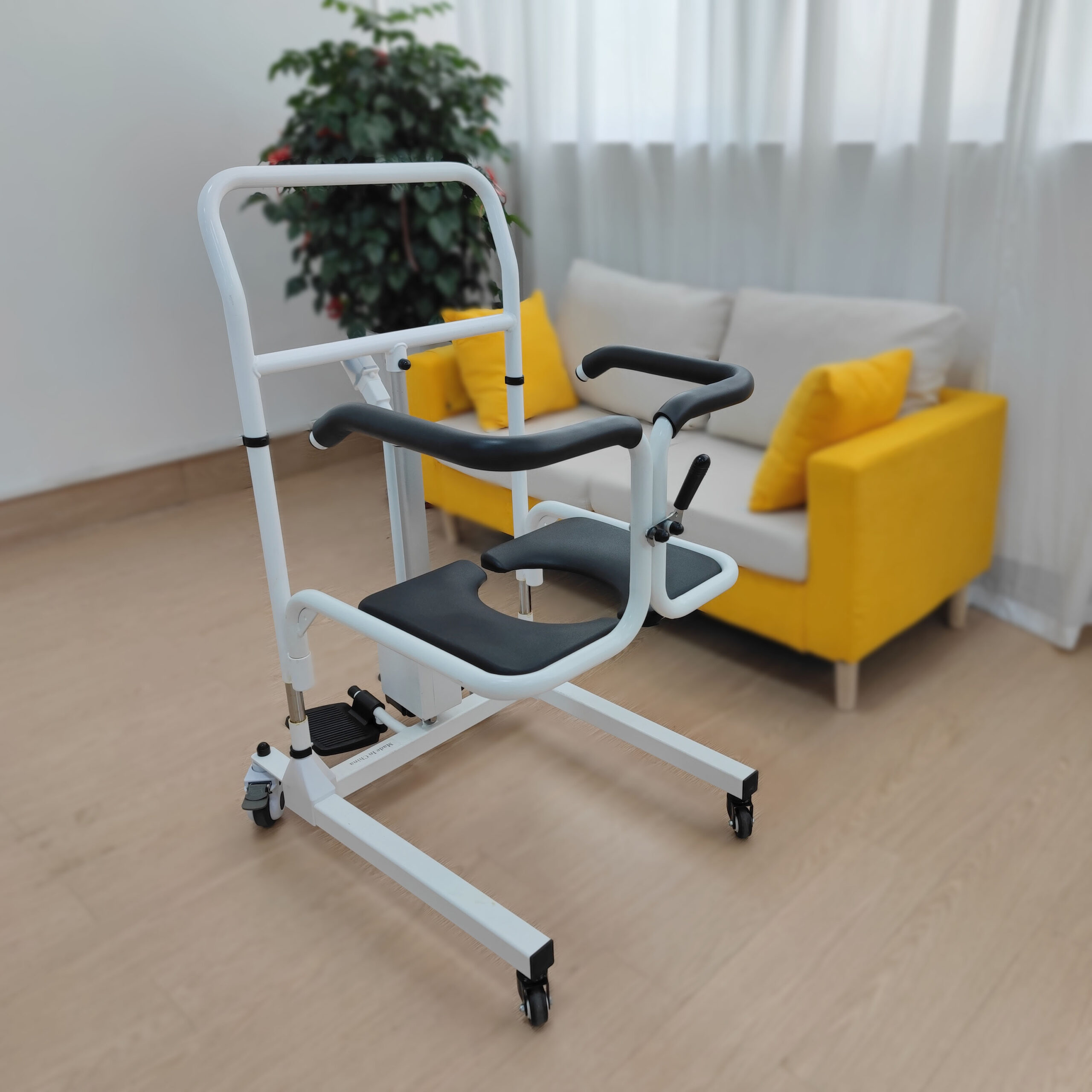
Transfer Process:
- Assist the Individual: Provide assistance and ensure sufficient support for an elderly individual when sitting up on an edge of bed, helping them sit comfortably on its edge.
- Utilize Transfer Aids: In certain circumstances, transfer aids like belts or slings may provide added support and alignment during a transfer.
- Engage the Chair: Engage an electric transfer chair using its control handle, taking special care to align it with an individual’s sitting position on their bed.
- Launch Transfer: Gently move the electric transfer chair toward bed using its control handle for maximum comfort for the individual being transferred.
- Make Adjustments as Necessary: As needed during the transfer process, make necessary changes to the chair’s position and height in order to ensure optimal alignment and comfort for you and others involved in your transfer process.
- Assure Comfort: Before initiating the transfer process, confirm the individual is comfortable with and is prepared for it.
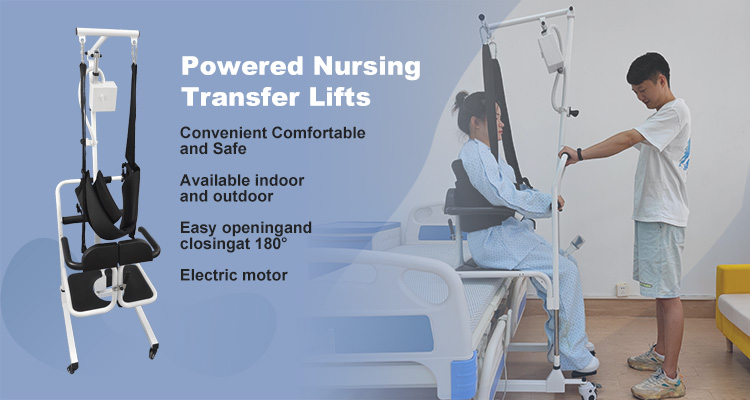
Safety Precautions:
Communicate: Stay in constant communication with the individual throughout the transfer process and address any potential concerns immediately.
Assess Stability: It is essential that the electric transfer chair be regularly assessed for stability and positioning to prevent accidents or instabilities from occurring.
Monitor Vital Signs: Throughout the transfer process, make sure that vital signs and physical condition of those involved in order to ensure their safety and well-being.
Overall, using an electric transfer chair to move elderly individuals from bed to chair requires meticulous care and adherence to safety protocols. By following the detailed steps outlined here and prioritizing comfort and safety as they prioritize smooth transfer procedures that improve quality of life for elderly individuals under their care.

